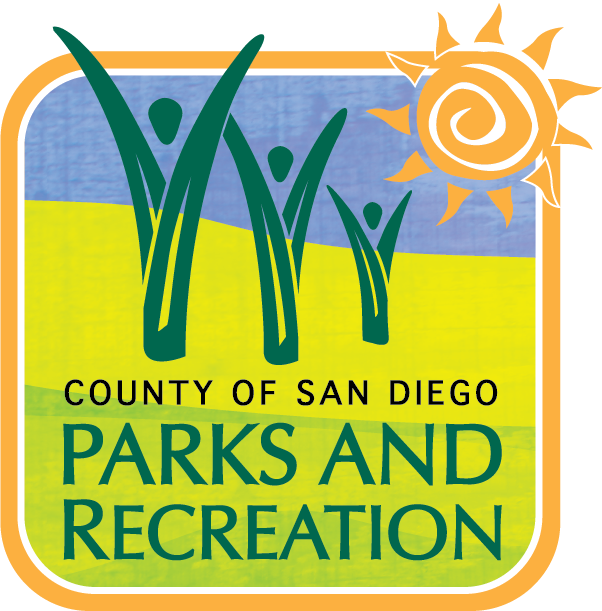Learn about current park closures and updates.
Learn about current park closures and updates.



Summertime is here, along with some pretty warm temperatures. If you aim to hike in one of San Diego’s inland areas, it’s important to know the risks so you can plan ahead.
Temperatures rise and fall with the sun, so try to hike early
or late in the day. If you start early, you’ll end early, and you’ll
have the afternoon free to relax in a cooler environment. Check out
this list of Cool Zones across San
Diego. Or, head out in the late afternoon – it’s a great way to
relieve stress after a busy day, and you may even be treated to a sunset!
Here are some tips to help you prepare for hiking in warm weather.
Bring plenty of water. The average hiker needs 6 to 8 quarts of water on the trail – more on longer hikes or more strenuous terrain.
Pack healthy snacks. Non-perishable items like dried fruit, energy bars, trail mix, peanut butter, canned tuna, whole grain crackers, and jerky provide fuel to boost your energy levels and to make up for lost calories.
Wear sun protection. Don a hat and sunglasses, and be liberal with your sunscreen. Dress in layers of breathable, loose-fitting clothes that you can take on and off, based on the temperature and to prevent burns.
Wear appropriate footwear. Good boots provide grip in rocky and slippery areas, in addition to providing a thick layer of protection from the hot earth.
Choose wisely. Pick hikes that are short or that are ranked easy or easy-to-moderate in difficulty. Trails with low elevation gain are the safest option in intense heat.
Map your route. Prolonged exposure to heat can cause disorientation or heat exhaustion. A map will help you stay on track, preferably a pre-downloaded or paper version in case you lose cell phone reception. Stick to the trail and stop at kiosks.
If your body temperature gets too high during a hike, you run the risk of suffering heat stroke. Heat stroke is usually caused by dehydration, which leads to the failure of the body’s natural temperature control system. Symptoms include headache, dizziness, muscle cramps, nausea, disorientation, lack of sweat, and loss of consciousness. If you start to experience any of these signs, you are already suffering heat exhaustion; stop and find a shady area along the trail where you can rest, drink water and refuel with a healthy snack. If symptoms persist, call 911.
Safety is a priority here at County Parks, and we hope it’s one for you too.
Related Videos by County News Center:
Related Posts: